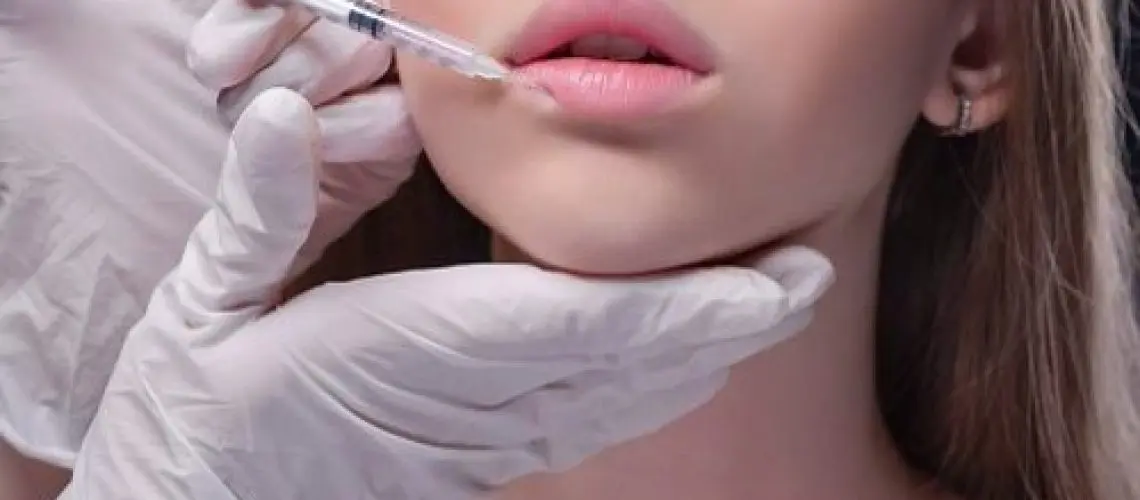There is recent concern regarding the safety of dermal fillers such as Restylane and Juvederm in the presence of COVID -19 vaccination.
Three participants out of approximately 15,000 patients who received Moderna COVID -19 vaccination developed either facial swelling or lip swelling and this was presumed to be related to the filler placement. It is unknown whether the swelling was in the exact same area where the filler was placed or whether the swelling was diffuse. The good news is that all cases resolved without serious complication. It is not known exactly which type of filler was used in each patient. Moderna trial investigators reported that the adverse events were not serious but were medically significant. Reports of similar findings have not yet surfaced from the Pfizer vaccine (as of 02/10/2021).
Based on these reports, it appears that filler inflammation secondary to COVID-19 vaccine can be successfully treated in the unlikely event that it occurs. Experts believe that most of these cases can be conservatively managed with oral antihistamines and oral steroids. Also hyaluronic acid-based filler can be dissolved using the enzyme hyaluronidase. Any patient with concerns about a potential reaction to his/her filler should always contact their physician.
According to the American Society of Dermatologic Surgery, currently available data suggest that patients who have already been treated with dermal fillers should not be discouraged or precluded from receiving vaccines of any kind. Similarly, those who have had COVID-19 vaccine should not be precluded from receiving dermal filler.
If someone is planning on receiving COVID -19 vaccine, he /she may consider postponing filler treatment until after vaccination.
The first reported cases series of delayed inflammatory reactions to hyaluronic acid dermal fillers was just published in the Archives of Dermatology February 9, 2021: 1 – 15. Three patients developed delayed immune reaction days to weeks after either natural infection to COVID-19 or after vaccination with either Moderna or Pfizer RNA vaccination. Interventions to treat these patients included oral antihistamines, systemic steroids, dissolving the filler, radiofrequency microneedling and interestingly low dose ACE II inhibitor.
It is important to remember that delayed dermal filler reactions to hyaluronic acid can also be triggered by viral and bacterial infections, other types of vaccination such as influenza and dental procedures. Finally, this is indeed an evolving issue and recommendations are likely to change based on available evidence. As we do not have long-term data with COVID -19 vaccination and filler, no guarantees can be made that a more serious adverse reaction to filler after COVID-19 vaccination could not occur.
References: Dermatology times, Volume 42, Number 2; February 2021










